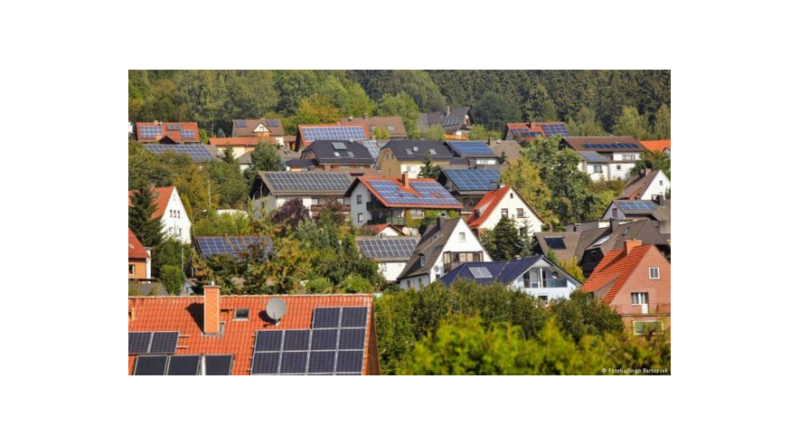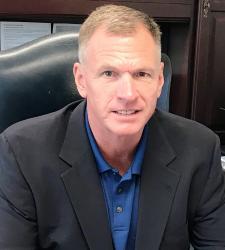In the debut issue of Technology Designer Magazine, I wrote about the rapidly emerging residential energy storage sector. As renewable energy demands increase, the need for comprehensive storage to effectively capture electricity (both in front of and behind the meter) is becoming paramount. Homeowners keen to stay online in the event of a power outage have long been hip to the benefits of this technology, but as new developments go public with solar arrays becoming standard, assessing storage needs is becoming increasingly significant.

Solar Deployments (MW)
One of the glaring issues facing the space is the economics. The price of renewable energy continues to fall and thus selling photons back to the grid does not generate the same savings it used to. Similarly, the lack of steps taken at the federal level continues to stifle growth, with major tax credits for megawatts generated set to expire in 2024. Nevertheless, designers, developers and builders are moving forward with an array of systems to help single residences, as well as communities, optimize their energy production. Rather than rehash some of the systems available here, I recommend you check out the piece in TD, which you can read online at your leisure. Since writing that article, however, two major factors have emerged as an effective means of pushing the residential energy storage space ahead.
Community Storage
Sometime in 2019, Mandalay Homes is set to unveil their latest community build project in Prescott, Arizona known as Jasper. Featuring 2,900 homes stocked with solar arrays paired with Sonnen residential energy storage systems, the community is poised to bring an aggregate “virtual power plant” online that will help generate and store enough peak hour electricity for every home. Sonnen has helped bring similar communities online in Germany in recent years.
A dealer recently told me that a massive new solar-outfitted development in Colorado risked generating too much solar energy for the grid to handle. As major energy providers struggle to quickly get large-scale storage for renewable sources online, communities can take this decentralized approach to not only save money on electricity, but verifiably reduce their carbon footprint while protecting itself from potential outages.
Thermal Regulation
In the current issue of Technology Designer Magazine, I discuss the importance of recognizing both operational and embodied costs of construction. The embodied costs constitute the impact of the construction and materials used, as well as the energy and resources expended during their sourcing. Meanwhile, the more regularly examined operational costs include the energy used to maintain and operate a building project. Forward-thinking designers and builders consider employing ‘smarter’ building materials that reduce both of these costs.
It’s no secret that HVAC systems and renewable energy are often at odds with each other. In order to maximize the potential of a residential solar and storage system to be capable of handling such heavy work loads, smarter building materials that help naturally regulate thermal levels (while also reducing embodied environmental costs) is needed. Check out the article in TD to learn more.
Looking Forward
We have reached the point where in order to achieve our sustainability goals, our approach requires both decentralized and whole-system thinking. Failure to do so results in either overly compartmentalized (or centralized) functionality. The future is a combination of locally based independence, as well as the ability to provide symbiotic support to the other parts of the whole. Full scale renewable energy is already the target for multiple states in the U.S. in the next 20 years. While it’s clearly still in development, its future is still wildly bright.


















































